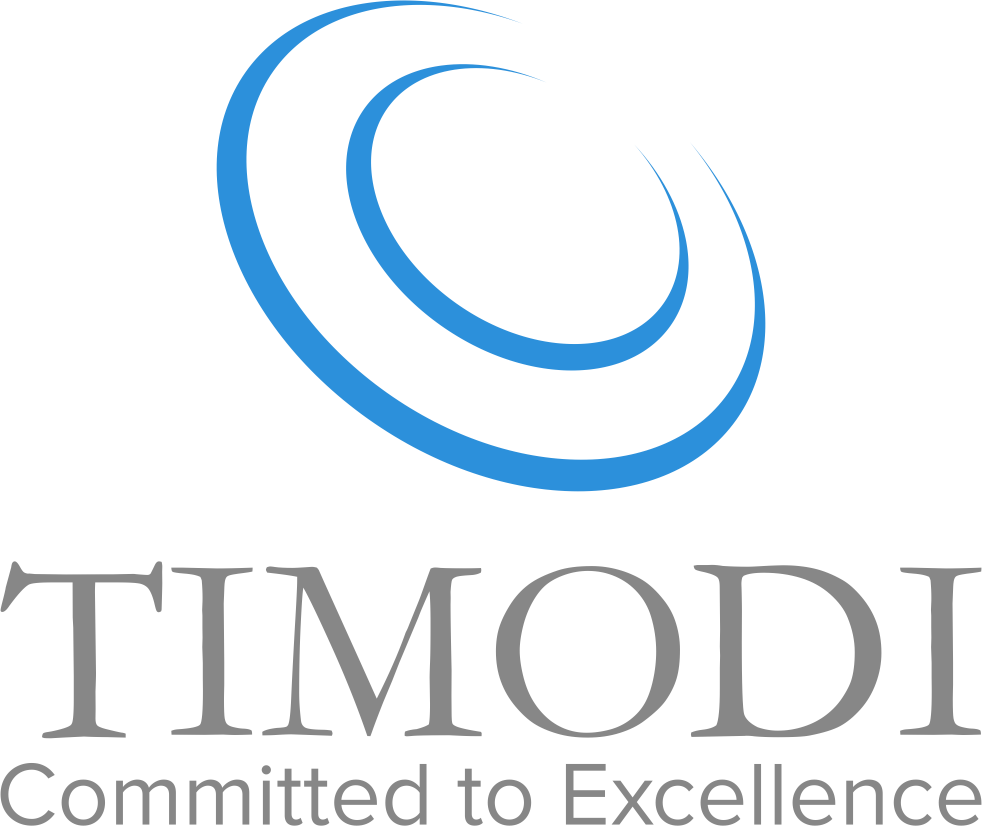In our previous post, we introduced Dynamic Work Design (DWD) as a valuable tool for navigating knowledge work and Agile transformations (for more information about DWD (see MIT Sloan School of Management article). This post compares DWD with Scrum, and highlights how the two align seamlessly in an ideal Agile scenario. In the real-world, Agile transformations often face challenges. This is where Dynamic Work Design can serve as a communication bridge, facilitating positive change in Agile transformations. Timodi GmbH specializes in Dynamic Work Design and supports you in the journey toward Agile excellence, in which Scrum and Dynamic Work Design can be powerful allies, creating a synergy that addresses both the theory and practice of Agile transformations.
Content Preview
- Scrum is an agile framework for generating value within organizations.
- When discrepancies arise between Scrum’s ideal practices and real-world constraints, Scrum teams may struggle to realize their full potential.
- Our post shows how applying the four principles of Dynamic Work Design can facilitate positive change in Agile transformations.

Scrum Guide from the DWD Perspective
Product Backlog and the Product Owner
According to the Scrum Guide 2020, the Product Owner is accountable for effective Product Backlog management. In the DWD perspective, the Product Owner’s role is accountable for Aligning Intent and Activity, ensuring that the team works on the intended goals according to their priority.
Sprint Planning
During Sprint Planning, the Product Owner proposes ways to enhance the product’s value. This process embodies Aligning Intent and Activity. The Scrum Team collaborates to define a Sprint Goal that communicates the value of the upcoming Sprint. This aligns also with the DWD principle of Aligning Intent and Activity. Through discussion with the Product Owner, the Developers select items from the Product Backlog to include in the current Sprint. The Scrum Team may refine these items during this process, which increases understanding and confidence. This aligns with the DWD principle of Managing Optimal Challenge.
Daily Scrum
The Daily Scrum is a 15-minute event where the Development Team inspects progress and plans for the day. It Aligns Intent and Activity by ensuring that everyone is on the same page. It also addresses Connecting the Human Chain as team members discuss how they’ll support one another and identify any obstacles.
Sprint Review
During the Sprint Review, the Scrum Team and stakeholders engage in a dialog, inspect the Increment and discuss value optimization opportunities. This event embodies several DWD principles, including Aligning Intent and Activity, Connecting the Human Chain, and Managing Optimal Challenge.
Sprint Retrospective
In the Sprint Retrospective, the team evaluates their work from various viewpoints and identifies improvement potential and plans its implementation. This process aligns with the DWD principles of Connecting the Human Chain, Structuring Problem Solving, and Managing Optimal Challenge.
Why Shall I Use DWD with Agile Transformation?
In Agile transformations, challenges often surface across different areas such as: Product Owner accountability, stakeholder engagement, team self-management, event execution, workload, and more. While the traditional Agile Transformation approach may involve Coaching in Agile frameworks, we propose an additional layer of training and awareness. By instilling the four universal DWD principles who are applicable to all work contexts, from factory to Agile, you gain a common ground for discussing and addressing challenges and for facilitating improvement not only in “Change”, but also in the “Run” aspect of the organization.
Conclusion
Scrum is a framework for generating value within organizations. Its success depends on alignment with the organizational settings and culture. When discrepancies arise between Scrum’s ideal practices and real-world constraints, issues can manifest across multiple dimensions. This is where Dynamic Work Design can serve as a communication bridge, facilitating positive change in Agile transformations.
Timodi GmbH supports you in the journey toward Agile excellence, in which Scrum and Dynamic Work Design can create a winning combination.
About the Autor
Itamar brings over 35 years of digital world experience, specializing in Agile Development, Digital Transformation, and Business Intelligence. He’s passionate about optimizing work flow through collaboration and solution co-creation. Outside work, he enjoys family time, cooking, mountain excursions, cycling, and capturing beautiful moments through his lens. Ready for business transformation? Meet Itamar at Hand-Shake-Meeting.
Sources and Additional Reading

